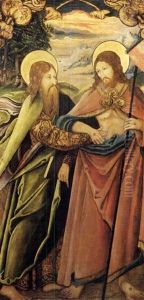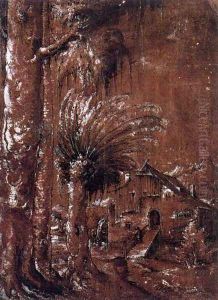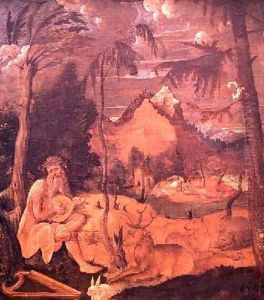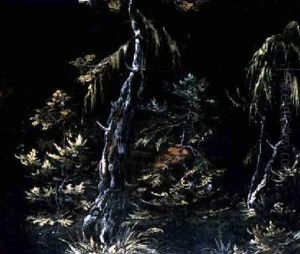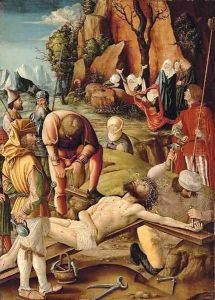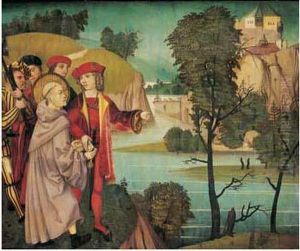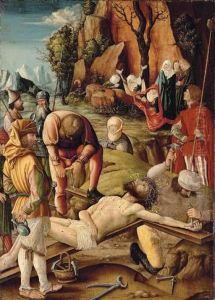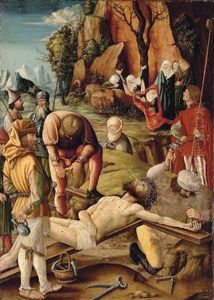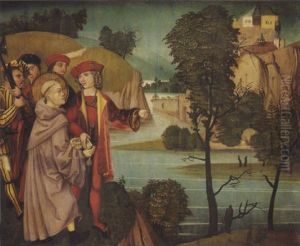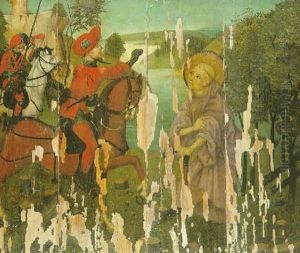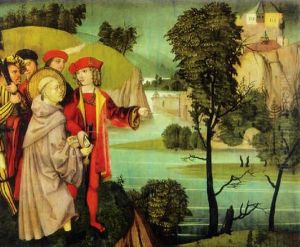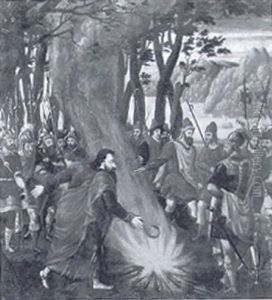Hans the Younger Leu Paintings
Hans the Younger Leu, also known as Hans Leu the Younger, was a notable Swiss painter born in 1490 in Zurich, part of the Swiss Confederacy during his lifetime. He was born into a family of artists, which significantly influenced his career path. His father, Hans Leu the Elder, was a distinguished painter himself, providing an artistic environment that nurtured his son's talents from a young age. This familial lineage ensured that Hans the Younger was immersed in the world of art and painting from his earliest years, setting the stage for his development as an artist.
Leu's work is often characterized by its adherence to the late Gothic style, even as the Renaissance began to influence artists around Europe. Despite the changing artistic landscapes of his time, Leu remained somewhat conservative in his stylistic choices, focusing on religious themes and traditional compositions. His oeuvre includes altarpieces, religious panels, and portraits, showcasing his skill in handling both large-scale and more intimate works. His paintings are noted for their detailed execution, vibrant colors, and the emotional depth of their subjects.
Throughout his career, Hans the Younger Leu contributed significantly to the artistic heritage of Zurich and the Swiss Confederacy. He was an integral part of the local art scene, engaging with other artists and patrons in a period that was crucial for the development of Swiss art. Despite his contributions and the quality of his work, Leu's name is not as widely recognized today as some of his contemporaries. This can be attributed to various factors, including the overshadowing presence of artists from the more dominant art centers of Europe and the specific historical and cultural context of Switzerland.
Leu's death in 1531 marked the end of a career that had spanned over four decades. His legacy, though not as celebrated as that of some of his European peers, remains significant in the context of Swiss art history. His works continue to be studied for their contribution to the understanding of late Gothic and early Renaissance art in Switzerland. They are preserved in various museums and collections, serving as a testament to his skill and dedication to his craft.
